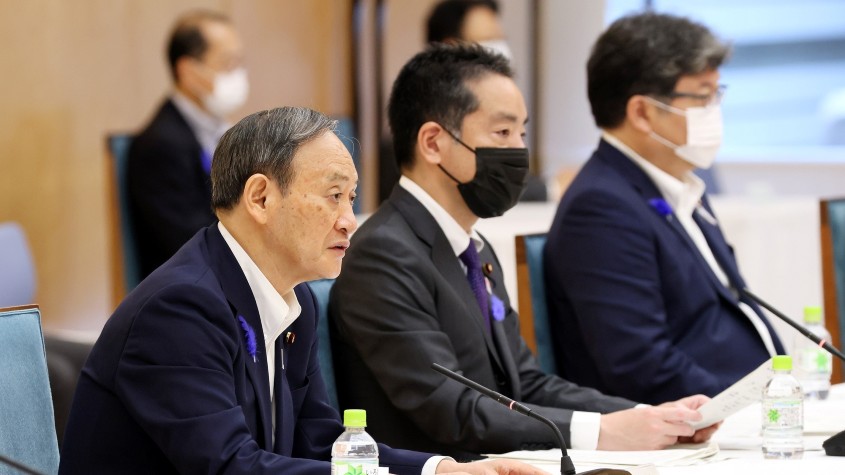GII Was Cited at the Beginning of Intellectual Property Strategic Program 2021
July 22, 2021
At the beginning of the "Intellectual Property Strategic Program 2021" decided by the Intellectual Property Strategy Headquarters, WIPO's GII2020 data was cited for the first time as an indicator that clearly shows the situation of innovation in Japan and the innovation ecosystem in each country.

On July 13, the Intellectual Property Strategy Headquarters, chaired by the Prime Minister, held a meeting at the Prime Minister's Office to decide and announce the "Intellectual Property Strategic Program 2021". "Intellectual Property Strategic Program" is based on the Intellectual Property Basic Act, and outlines Japan's intellectual property strategy and policy matters to be addressed. At the beginning of the program, data from the 2020 edition of WIPO's Global Innovation Index (GII) was cited as an indicator of the current state of innovation in Japan and the innovation ecosystem in each country. This is the first time that data from WIPO's Global Innovation Index (GII) has been cited for the Program.
In cooperation with the Intellectual Property Strategy Headquarters, Cabinet Office, which is in charge of preparing this Program, the WIPO Japan Office provides necessary information and training opportunities, and serves as a bridge to WIPO Headquarters.
In order to further promote the creation, protection and exploitation of intellectual property based on this Program, the WIPO Japan Office will continue to disseminate useful information, including GII, to Japanese users in an easy-to-understand manner, and make efforts to cooperate with the Japanese government and related organizations.
About the Global Innovation Index
The Global Innovation Index 2020 (GII), in its 13th edition last year, is co-published by Cornell University, INSEAD, and the World Intellectual Property Organization (WIPO, a specialized agency of the United Nations).
Published annually since 2007, the GII is now a leading benchmarking tool for business executives, policy makers and others seeking insight into the state of innovation around the world. Policymakers, business leaders and other stakeholders use the GII to evaluate progress on a continual basis.
The core of the GII Report consists of a ranking of world economies’ innovation capabilities and results. Recognizing the key role of innovation as a driver of economic growth and prosperity, and the need for a broad vision of innovation applicable to developed and emerging economies, the GII includes indicators that go beyond the traditional measures of innovation, such as the level of research and development.
Metrics are required to assess innovation and related policy performance. The GII creates an environment in which innovation factors are under continual evaluation, including the following features:
- 131 country/economy profiles, including data, ranks, and strengths and weaknesses
- 80 data tables for indicators from over 30 international public and private sources, of which 58 are hard data, 18 composite indicators, and 4 survey questions
- A transparent and replicable computation methodology including 90% confidence intervals for each index ranking (GII, output and input sub-indices) and an analysis of factors affecting year-on-year changes in rankings